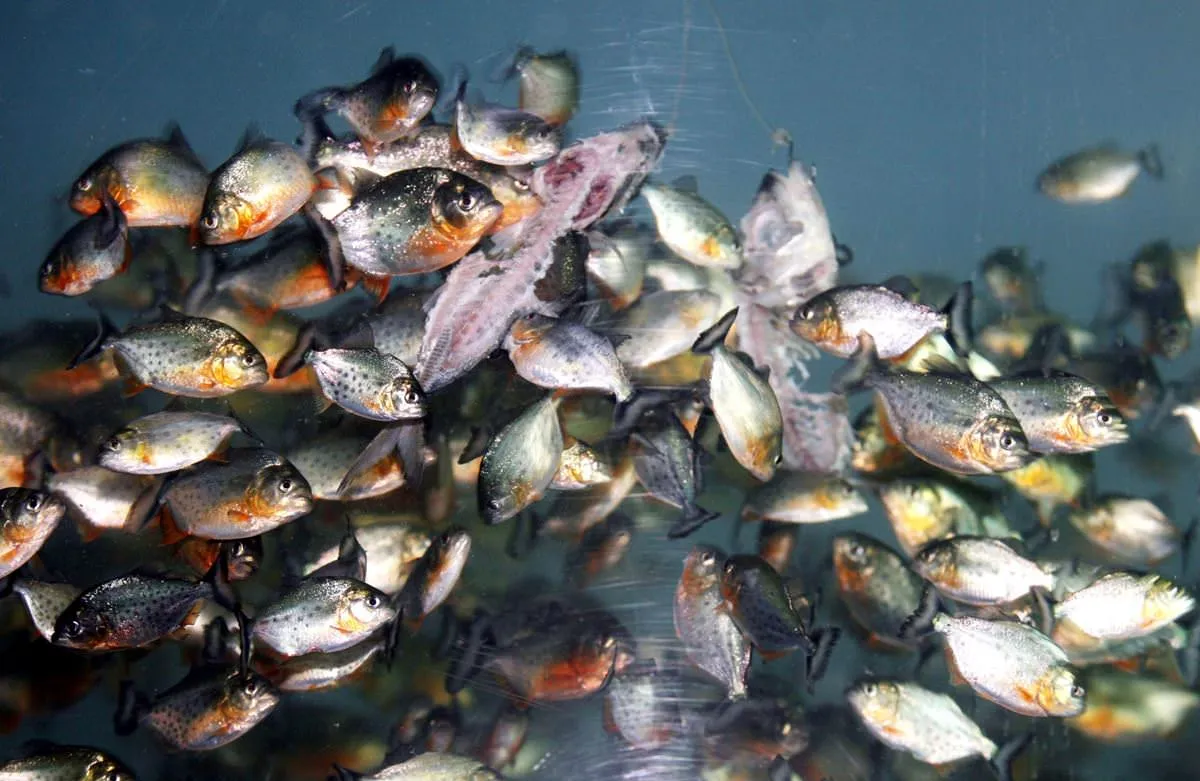
Artificial reservoirs - reservoirs and river seas - begin to play an increasingly important role in the hydrographic network of countries. In terms of the area of the water mirror, such water bodies far exceed the majority of our natural lakes. The total useful volume of artificial reservoirs for all reservoirs of the world reaches 2300 km3. "
According to the hydrological regime, reservoirs are water bodies of slow water exchange; they feed the waters of the main river and its tributaries. Reservoirs are primarily designed to equalize the flow (regulation), and also serve for the purposes of hydropower, irrigation, etc. Thus, the creation of reservoirs allows more rational use of water resources in various industries, contributes to the widespread development of watering in arid regions.
However, regulation of the river flow by dams and the formation of reservoirs also have considerable negative consequences for the water sector as a whole. Reduced water exchange; the transitional type of the natural cycle peculiar to the rivers turns into a practically closed, characteristic for lakes, as the speed of the current decreases, the turbidity of water decreases, and the hydrochemical regime significantly changes. What unforeseen consequences this can lead to, for example, shows an unexpected shift in ecological balance in Brazilian water bodies. Long since the rivers and lakes of northeastern Brazil, small piranha fish have been used, which have earned the ill-famed reputation of ruthless predators. Attacking always in packs, they can in a matter of minutes even swallow up to the skeleton a large mammal accidentally caught in a pond. In recent years there has been a real invasion of piranhas. The main reason for this is the creation of a wide network of hydroelectric stations, which led to the emergence of a large number of reservoirs that are poorly saturated with oxygen, with a relatively slow flow. Such ponds are a convenient environment for piranhas. At the same time, the living conditions of the valuable Dorado fish, which likes fast, clean water, have significantly worsened.
The shift of ecological balance was also promoted by wild ducks, whose numbers also increased in new shallows. Their diet includes caviar piranhas, deposited at the roots of algae. Part of the eggs, sticking to the paws and wings of ducks, is transferred to other ponds, where piranhas previously were not produced.
To get rid of the misfortune, the Brazilian zoologists tried to breed another predator - the Tucunara fish, but the temperature of many reservoirs did not fit it; tried to move tiger fish from the far African lake of Caribou, but it was even more voracious than piranhas, and for fear of new undesirable consequences, experiments with it were suspended. Now they are trying to artificially saturate some reservoirs with oxygen by means of compressor units.
It is expected that, due to the extensive implementation of hydraulic engineering, the area of all irrigated land in the world will increase. However, a person's technical activity aimed at transforming the Earth's surface can lead to extremely undesirable consequences. When the creation of reservoirs and irrigation systems is not sufficiently thought out, the soils are overshadowed, large areas are swamped, and landslides and landslides develop intensively along the banks of the reservoirs.